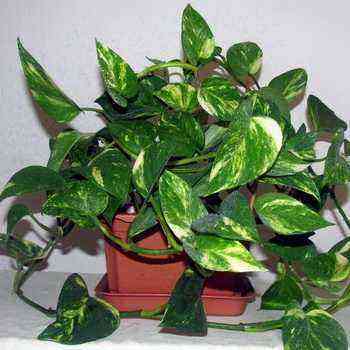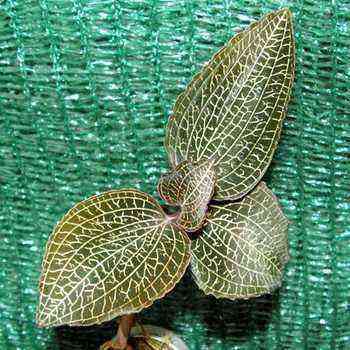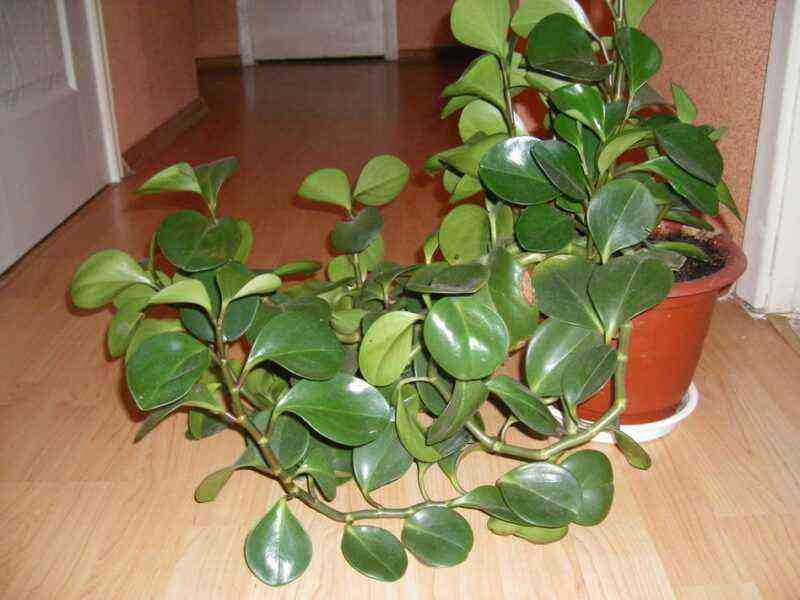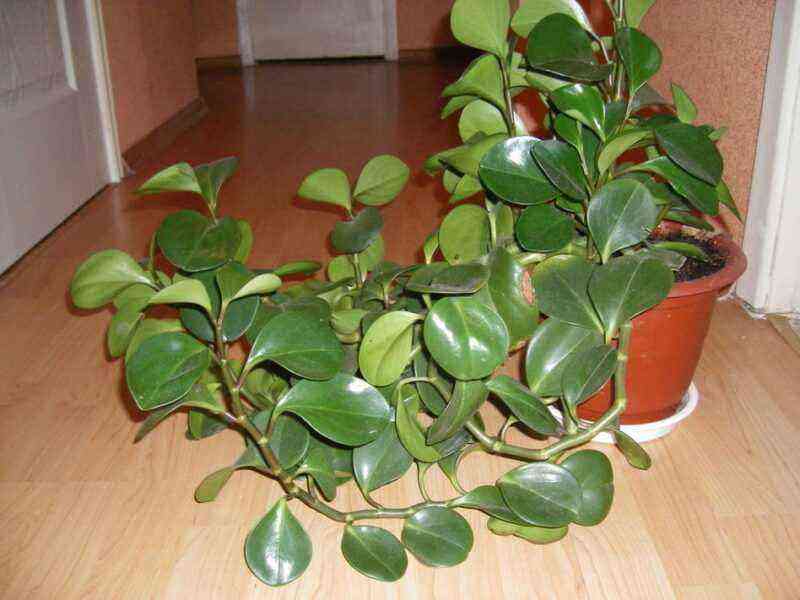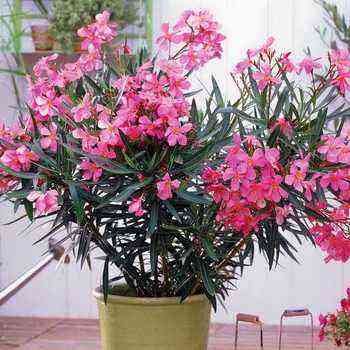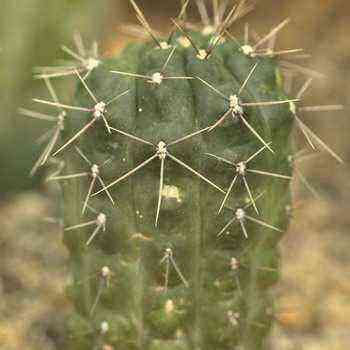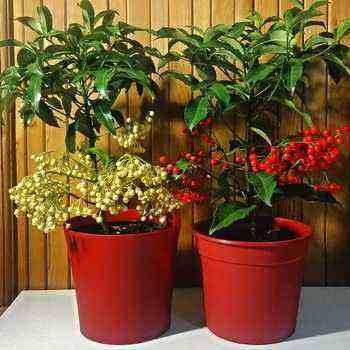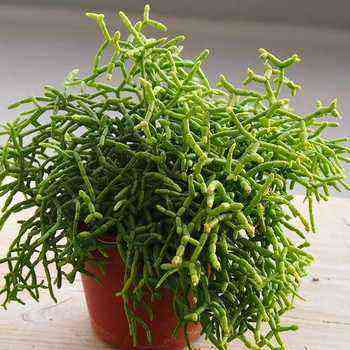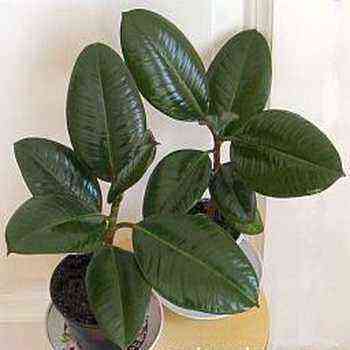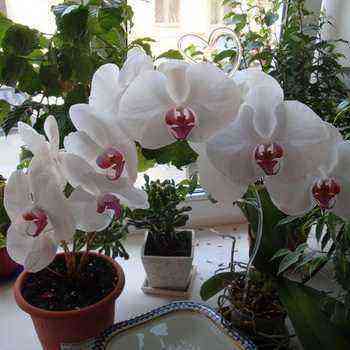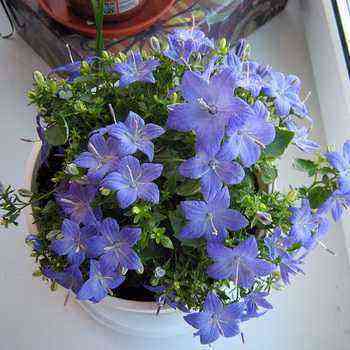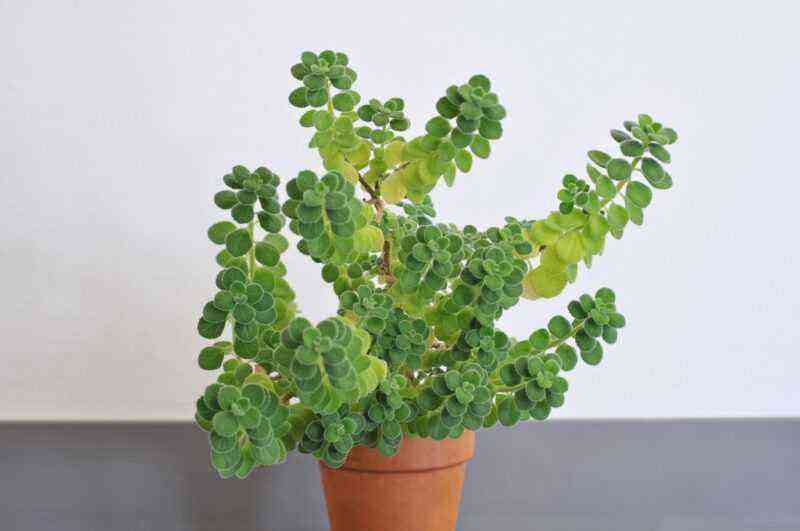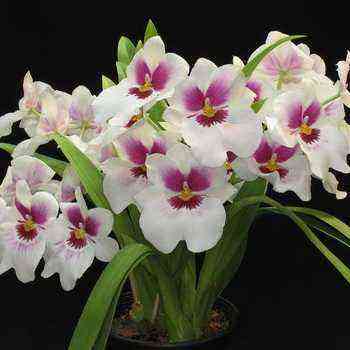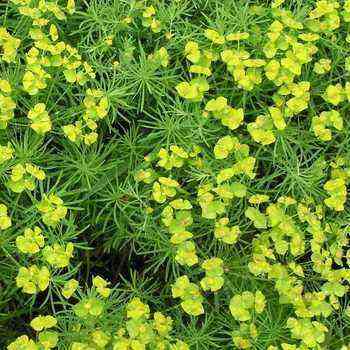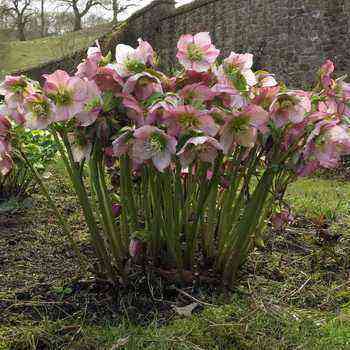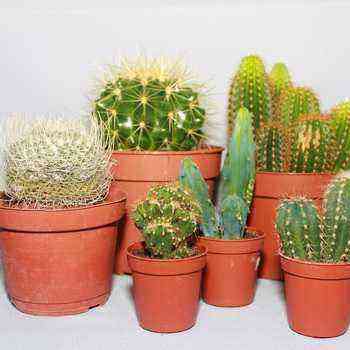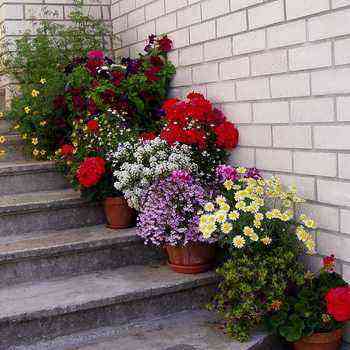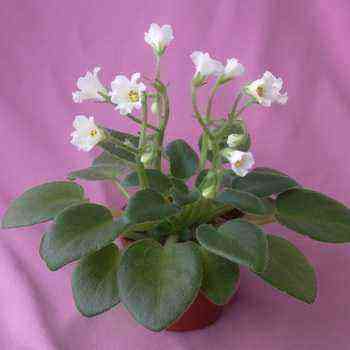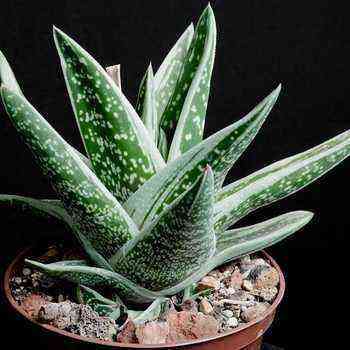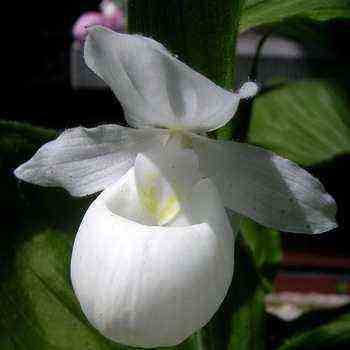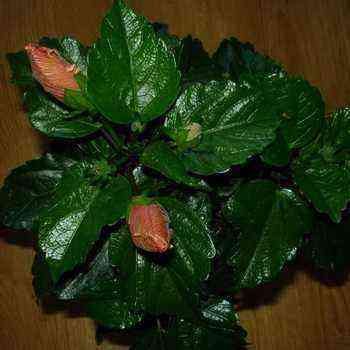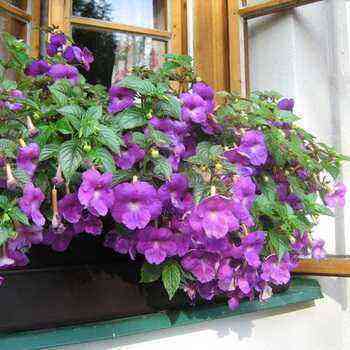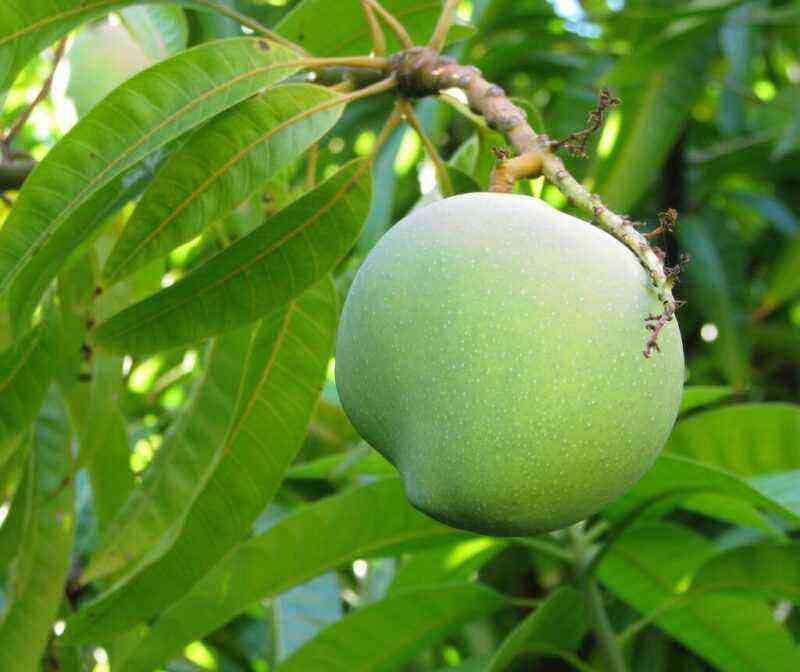Bilbergia is a genus of flowering plants of the Bromeloid family, subfamily Bromeloid. The genus of the flower is named after the Swedish botanist, zoologist and lawyer Gustav Johan Bilberg. By the way, it is divided into two subgenera – bilbergia and helsodia. The homeland of the flower is the south of Mexico, as well as Central and South America, many species can be found in Brazil.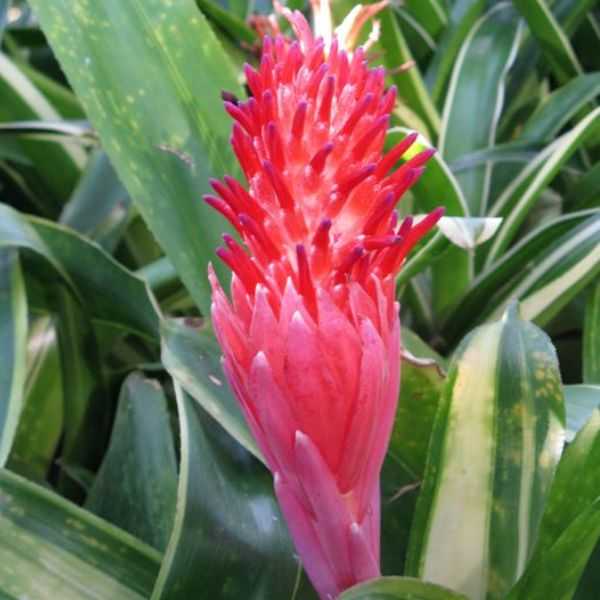
Description of bilbergia with photo
We offer a description of indoor flowers bilbergia. The flowers range in color from deep purple to almost colorless. They can differ in width and aroma (some have a sugary, pungent smell, while others hardly feel it). According to the shape of the leaves, bilbergia can be divided into two groups – bilbergia with curved foliage and helsodia with petals resembling a coil. We offer you to see indoor flowers bilbergia in the photo: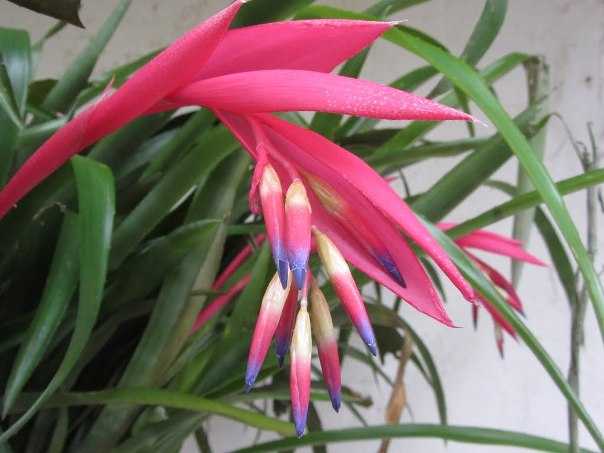
Behind, the leaves are hard with a skin that has a bright color or monochrome color. On the sides, each leaf is covered with small scales, and the leaf itself can have absolutely any shape, for example, among fans of indoor plants, foliage in the form of a triangle and a narrow line is very popular. The leaves at the inflorescence are large and picturesque in color.
The seeds are stored in hard berries just below the flowers. They grow quietly in the rocks, but they also feel comfortable in the garden – it is considered one of the most unpretentious indoor plants.
Due to the fact that new shoots always appear around the trunk, bilbergia outwardly resembles a huge, lush shrub. It is made up of several independent outlets up to one meter in length.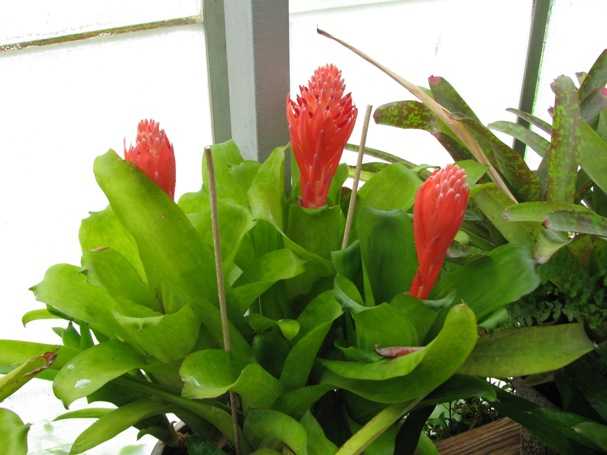
Bilbergia drooping and its photo
It is one of the subspecies of bromeliads. Bilbergia drooping grows in Brazil, Argentina and Uruguay. This flower is most often used as a houseplant, probably one of the most popular flowers of the bromeliad family. They can grow almost anywhere, be it a pot or a garden bed, they have several roots, which are easy enough to fix and they will receive the necessary amount of moisture and nutrients from the air. They tolerate high humidity well, so cups should be filled with water when it rains.
Look at the photo of bilbergia drooping:

Leaves of a dark green color with small thorns can be no more than one meter long, from below they are most often covered with gray scales (in good light they acquire a bronze or red color). The inflorescence is loose with small branches that bear only a couple of flowers.
In the spring and summer, be sure to feed the plant with a balanced, diluted liquid fertilizer. It’s great if it contains bromeliad epiphytes.
Bilbergia is magnificent and its photo
The plant has small, but long leaves up to one meter high of a gray shade with white and light green veins. They are upright and form a tubular rosette. The flowers themselves are collected in a small lowered inflorescence up to 30 centimeters long. Bracts of bright pink color have the shape of a circle or oval, slightly omitted. Blooms exclusively in summer.
Look at the photo of the magnificent bilbergia:
Home care for bilbergia
Experienced flower growers advise leaving indoor flowers bilbergia outside in the summer, but in no case in the open sun (think about placing it on the balcony, there is less chance of direct sunlight). Frosts for the bilbergia flower are very dangerous, so we strongly recommend bringing it home even before the cold weather begins at the very beginning of autumn. Caring for bilbergia at home is reduced to ensuring a sufficient level of illumination and timely watering, sometimes combined with fertilizing with mineral fertilizers.
As already mentioned, the plant loves light, but not only direct sunlight. Therefore, take care of the optimal temperature on the balcony in summer, and in autumn it is better to place it on a windowsill facing the north side.
It should be borne in mind when organizing home care that bilbergia loves moisture very much, so in the summer it is necessary not only to water the flower regularly, but also to cover it with wet moss and spray its surface at least once every seven days. By the way, the water must be soft – either present rain or bottled. Hard water can kill a flower. The closer autumn is, the more moderate the watering should be. In winter, spraying is stopped, and watering becomes moderate.
Slices on bilbergia are sprinkled with coal, allowed to settle, and then transplanted into the ground for bromium. In addition, she needs an annual transplant, which must be done only with a very sharp knife. The cut is immediately sprinkled with coal, and the seedlings are placed in a mixture of one part of sand, charcoal, moss, wood and turf and two parts of humus, peat and deciduous soil.
It is necessary to very carefully feed the flower, as it is five times more sensitive than any other indoor plant. Make sure that fertilizers are free of calcium and superphosphate – they can be added every two weeks for optimal Bilbergia growth.
If bilbergia does not bloom …
If the houseplant Bilbergia does not bloom, there may be poor lighting in the room. In this case, it is worth either placing the flower on the balcony, where natural color will be available to it. In winter it is better to add more artificial light sources.
At the northern window, bilbergia grows beautifully, but it does not bloom.
Experienced gardeners know that the plant needs fresh air throughout the summer and regular spraying with soft water for normal flowering. But they also have a small secret that promotes the flowering process – a plastic bag is put on the bilbergia, and a piece of cut apple is placed on the ground (ethylene, which is contained in the fruit, contributes to the accelerated flowering process).
And do not forget that an ordinary houseplant of the Bilbergia genus is ready to bloom no earlier than in the third year of development.

